How green outcomes for farms can be delivered on a shoestring budget
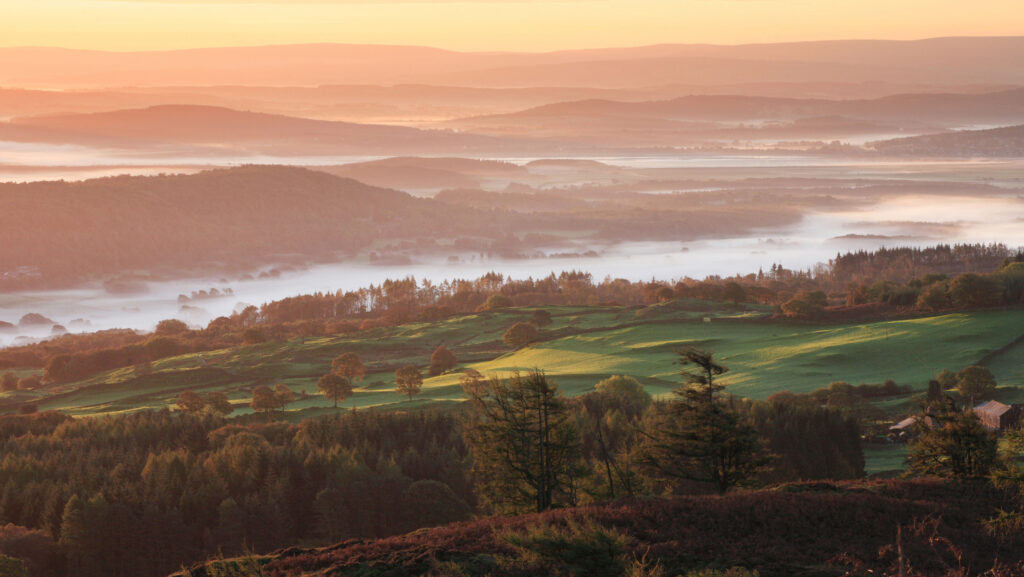 The Winster Valley © Keith Taylor/Alamy Stock Photo
The Winster Valley © Keith Taylor/Alamy Stock Photo In the heart of the Lake District, a group of 49 farmers has been testing whether environmental progress can be made without deep pockets.
They are discovering just how far community spirit, practical know-how and sheer perseverance can stretch when money is short and red tape long.
See also: How growers returned environmental schemes to cropping
Formed to tackle shared challenges such as flooding and biodiversity loss in the Lyth and Winster valleys, the Lynster Farmers Group (LFG) has made measurable improvements, but often in spite of the system, not because of it.
Founded by renowned farmer John Geldard in July 2023, the LFG quickly developed a bold blueprint for environmental regeneration in the form of a catchments improvement programme.
The programme sought to address water management issues, support biodiversity and habitat restoration, and generate renewable energy.
“We see these as critical components in enabling the farmer to look after food, environment and society. If you don’t do all three, you do none at all,” says Hugh Ward, project manager at the LFG.
“We sensed catchments would be the right way forward, because people have a sense of belonging to their valley, and it gives a nice neat line to draw around an area.”
Dredging
Water management and soil health sit at the heart of the group’s approach. Their first major task – dredging the River Winster – aimed to address flooding that had repeatedly affected local farming businesses.
The problems stemmed from the removal of a wall protecting the river’s flow from the sea gate into Morecambe Bay, which had allowed estuary sand to drift in and block the channel.
Although the dredging itself took just three weeks and was technically straightforward, it took three years to gain permission to carry out the work.
Regulatory hurdles and repeated objections about cost made it a drawn-out and frustrating process.
Four other projects
Beyond the Winster project, the LFG is pursuing four other initiatives that connect different farms based on topography, business type or personal networks.
These include the reintroduction of the grey partridge, a bird box scheme, the creation of livestock-compatible buffer strips, and small-scale renewable energy projects.
Grey partridge
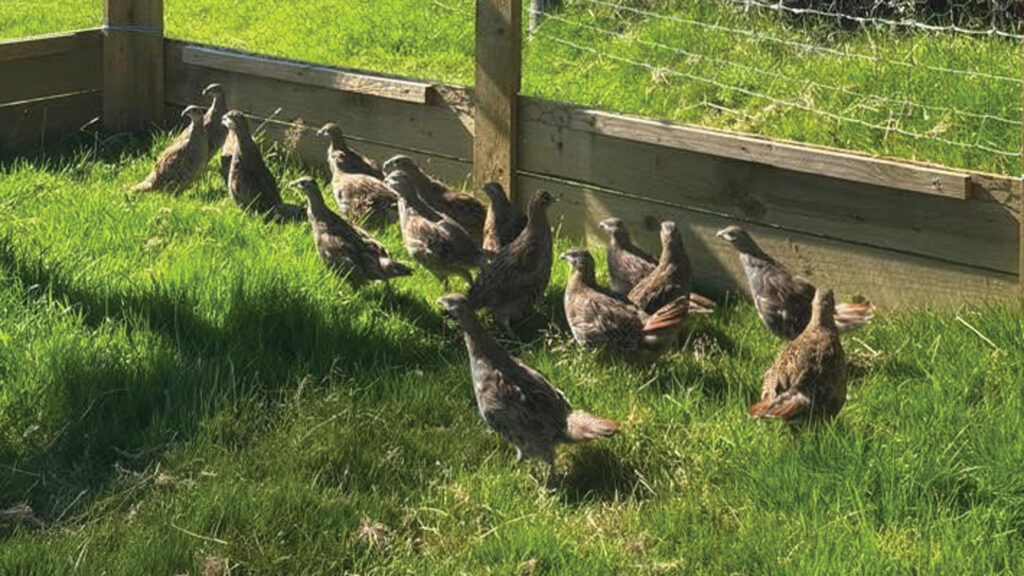
Although they are on the Red List, grey partridges needed no licence © Paul Barnes
When choosing a species to reintroduce to the landscape, the LFG opted for the grey partridge – not only for its ecological value, but because it avoided the delays and costs associated with licensing.
Although the grey partridge is on the UK’s Red List of Birds of Conservation Concern, it is classed as a game bird, meaning no special permissions are needed to handle or release it.
The species has now been successfully reintroduced across all LFG farms in the Winster Valley.
“Under Natural England, it takes too long to get a licence,” says Paul Barnes, who leads on nature restoration at the LFG.
“We did a reintroduction of the Marsh Fritillary in Cumbria. It took butterfly conservation years to get permission to do it.”
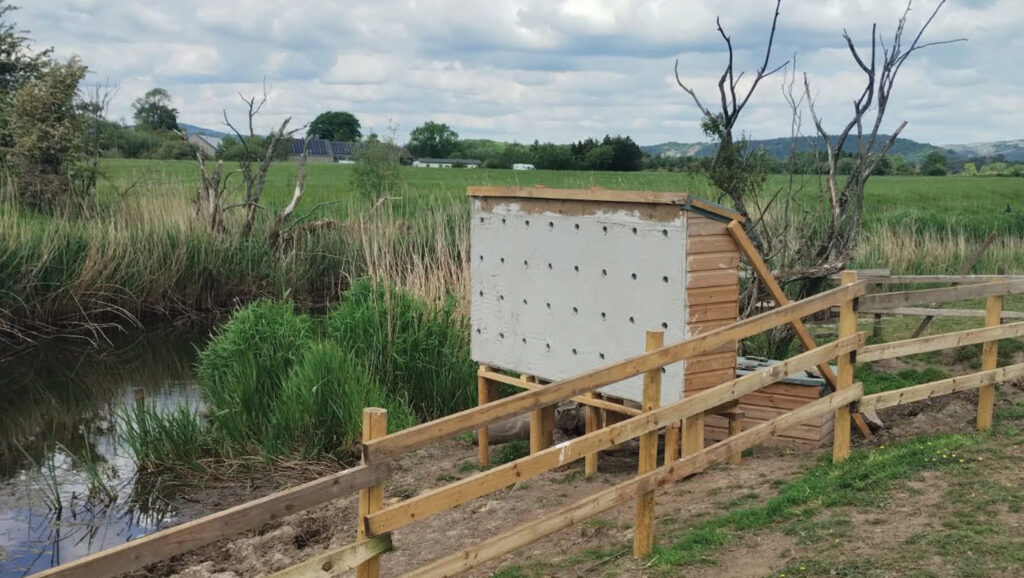
Sand martin nesting boxes © Paul Barnes
To cut costs, all partridge release pens were handmade by the farmers themselves, with the help of local Scout groups.
According to Mr Barnes, the results have defied expectations. “Everybody said it wouldn’t work and the birds wouldn’t stay, but they did,” he says.
“Last year’s birds survived all through the year. They’re nesting this year and we’ve just released another 150.
“We’ve got an incubator going now for next year’s programme, so it’s an ongoing thing.”
Bird box scheme
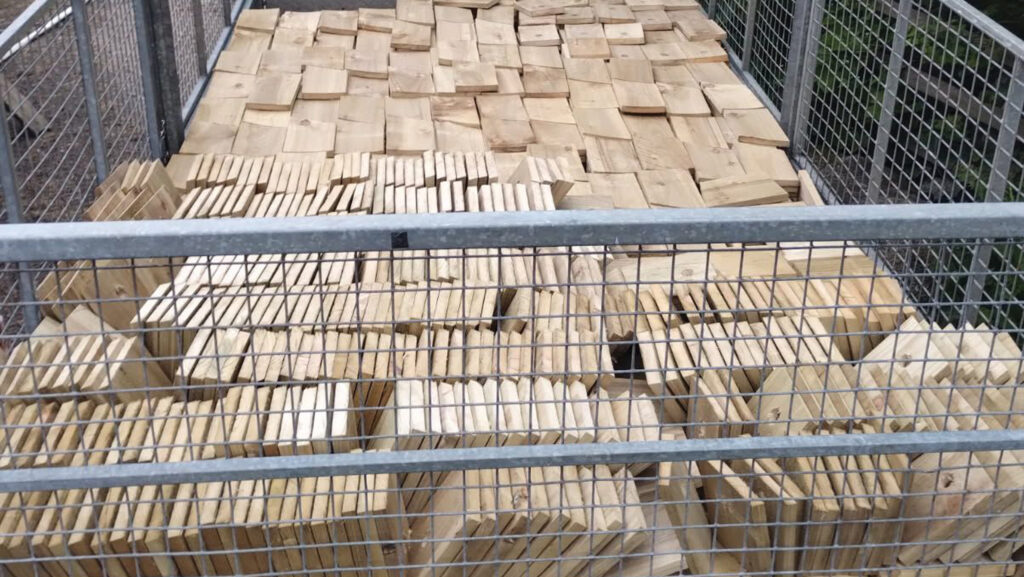
Bird boxes waiting to be assembled by Scouts © Paul Barnes
The LFG’s bird box scheme faced similar financial restrictions. But again, resourcefulness made it work.
“None of us took a wage out of anything; it was all done voluntarily,” says Mr Barnes.
“So instead of paying £12 for a bird box, we could do it for less than £3.
“To get value for money, we had to get everyone involved, so we took all the wood to the Scouts and the Scouts screwed it together. We have already put 500 bird boxes through the catchment and there’s another 500 to go up.
“That’s the potential of what we’re doing. There were thousands of Scouts involved, all putting the Lancashire Red Rose on their boxes.”
Buffer strips
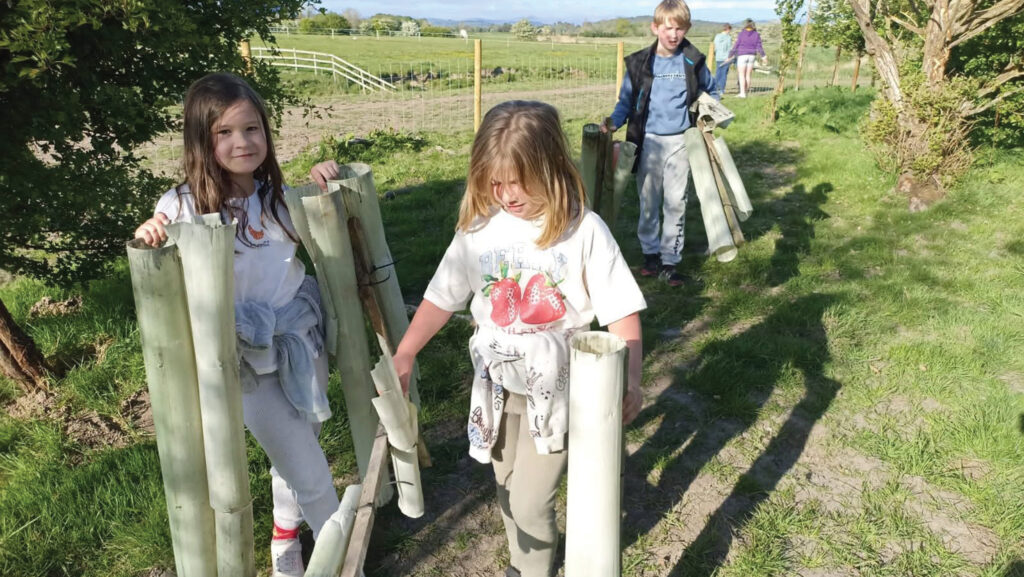
Scouts removing old tree guards in the catchment © Paul Barnes
The group also trialled innovative methods to create buffer strips – designed to slow water movement, improve soil health and reduce runoff – without removing productive land from livestock use.
“With these buffer strips, you put granulated lime on the grass to enhance the growth, but also to improve the flocculation of the soil around it to create more air spaces and more water filtration,” says Mr Barnes.
“This means farmers don’t have to leave a traditional buffer strip, which is difficult in a livestock situation.”
To keep costs low, the group partnered with soil expert Darren Grock of Durham University, who offered analysis at a fraction of the usual rate, while PhD students helped monitor water quality.
Renewable energy
In terms of energy, the group identified several old water wheels across the catchment as promising sites for micro-hydro projects.
“There’s water wheels there that go back 200 years, standing redundant, doing nothing,” says Mr Barnes.
“If the wheels are 13 feet across and you have a flow of 100 litres a second, that will power six houses. There’s streams galore in the Lake District that need that doing.”
Funding constraints limit project’s full potential
The Lynster Farmers Group (LFG) initially hoped to access support through the top tier of the Environmental Land Management (ELM) scheme, applying to participate in Landscape Recovery, but the bid was rejected.
Since then, the LFG has sought funding through other channels – with similarly limited success.
So far, only a £70,000 grant from Westmorland and Furness Council has been secured for the group’s nature recovery work.
Other funding applications have been declined, forcing the group to stretch every pound and lean heavily on voluntary labour, recycled materials, and grassroots collaboration – all while battling red tape.
One example of how funding constraints have hampered progress is in the group’s attempts to generate energy from slurry via anaerobic digesters.
The group’s bid for cash to establish 10 AD plants — eventually scaling to 200 — was rejected by the Borderlands Inclusive Growth Deal.
A subsequent innovation grant was also refused on the grounds that AD is not considered new technology.
“The challenge with Defra is they’re still stuck on slurry management and seem to be unable to move beyond it,” says Mr Geldard.
“That’s a bit silly in our view. We need to be looking at how to get the value and the energy out of the slurry for the benefit of farmers, the environment and the community.”
A further application to the Countryside Stewardship Facilitation Fund was also rejected – this time due to alleged lack of correspondence with Defra bodies, a claim strongly disputed by Mr Barnes.
“I’ve worked for three years for nothing,” he says. “Financially, I’ve got to the end of the line.
“There may be an opportunity with Westmorland and Furness Council, who’ve been excellent in supporting us with that small fund. They’d probably be keen to see us deliver more.
“We’d sooner see farming incomes support the work, but that’s not going to happen in the current climate when there’s people milking 250 cows and having jam on bread for tea.
“We’ve got no funding, but we’re doing it because it’s right.”
It’s that moral commitment that keeps the group going – even when funding dries up and every step forward feels like an uphill battle.
“It would be depressing if we have to give up because people can’t see the benefit of doing it,” says Mr Barnes.
“The River Winster was a great thing we did, but there are other indicators of success and we have to keep going until we reach our goals.”
